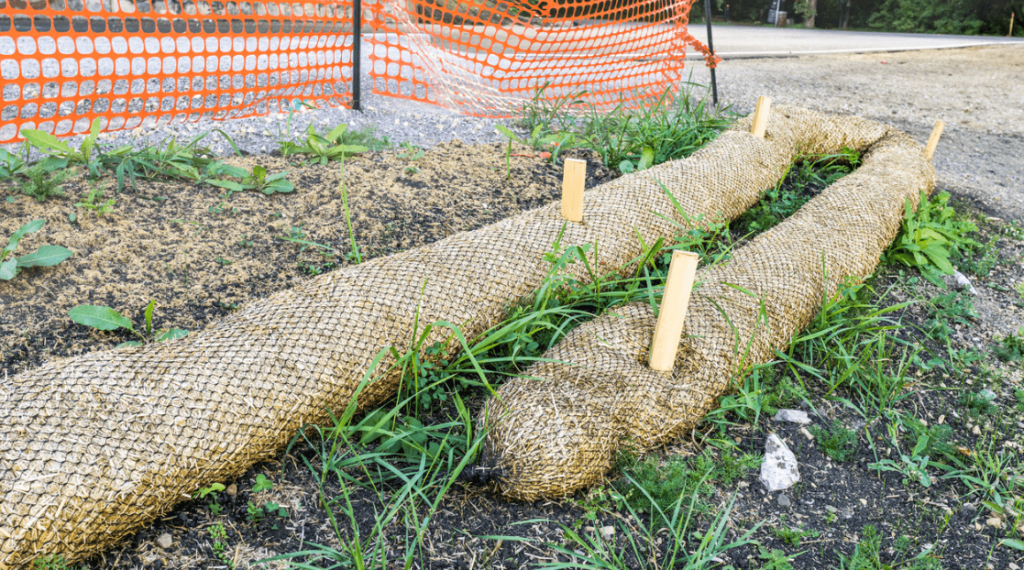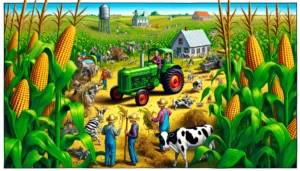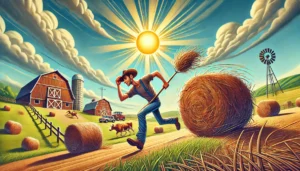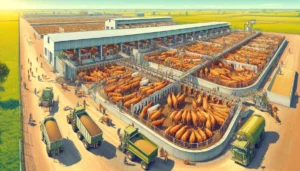
erosion control 3.png

Erosion Control
Definition:
Erosion control encompasses various techniques and practices aimed at preventing or minimizing soil erosion, which occurs when the top layer of soil is removed or displaced by wind, water, or other natural forces. Effective erosion control measures are crucial for preserving soil fertility, protecting water quality, and maintaining landscape integrity in agricultural areas.
Practical Advice:
- Assessing Erosion Risk: Conduct a comprehensive assessment of erosion risk factors, including slope steepness, soil type, vegetation cover, and rainfall intensity. Identify vulnerable areas prone to erosion and prioritize erosion control measures based on the severity of erosion risk and potential impacts on soil and water resources.
- Implementing Vegetative Cover: Establish and maintain vegetative cover, such as grasses, legumes, and cover crops, to protect soil from erosion. Vegetation stabilizes the soil surface, reduces runoff velocity, and enhances water infiltration, effectively minimizing erosion and preserving soil structure and fertility.
Valuable Assistance:
- Utilizing Soil Conservation Practices: Adopt soil conservation practices, such as contour farming, terracing, and strip cropping, to reduce soil erosion and promote sustainable land management. These practices help mitigate runoff, trap sediment, and minimize soil disturbance, preserving soil integrity and productivity over time.
- Installing Erosion Control Structures: Implement erosion control structures, such as retaining walls, silt fences, and check dams, to prevent soil movement and sedimentation in vulnerable areas. These structures intercept runoff, slow down water flow, and trap sediment, reducing erosion and protecting downstream water bodies.
Enlightening Details:
- Managing Water Flow: Manage water flow within the landscape to minimize erosion risks and promote water conservation. Implement practices such as contour plowing, waterway stabilization, and water diversion to redirect runoff away from vulnerable areas and prevent soil loss through erosion.
- Promoting Riparian Buffers: Establish riparian buffers along water bodies, such as streams, rivers, and ponds, to protect against erosion and improve water quality. Vegetated buffers help stabilize stream banks, filter pollutants, and provide habitat for wildlife, enhancing ecosystem resilience and reducing erosion impacts.
Actionable Suggestions:
- Educating Landowners: Provide education and outreach to landowners and agricultural producers on the importance of erosion control and the benefits of implementing conservation practices. Offer training, workshops, and technical assistance to support the adoption of erosion control measures and promote stewardship of natural resources.
- Collaborating with Stakeholders: Foster collaboration among stakeholders, including farmers, conservation agencies, watershed groups, and local communities, to address erosion control challenges collectively. Work together to develop erosion control plans, share resources, and implement innovative solutions tailored to specific landscape conditions and land uses.
Conclusion:
Erosion control is essential for preserving soil health, protecting water resources, and sustaining productive landscapes in agriculture. By implementing a combination of vegetative, structural, and management practices, stakeholders can effectively mitigate erosion risks, conserve soil resources, and promote the long-term sustainability of agricultural systems.
Fall off the barn roof and busted your keister? Life on the farm or ranch can be tough on the bum. Need a break? Laugh it off at FarmerCowboy.com, the #1 farm humor site. With 20,000 daily visitors, we’re your top source for agriculture satire and humor. Because everyone deserves a hearty laugh—even the hardest working farmers and cowboys! Join us and turn those long days into fun tales at FarmerCowboy.com.
- United States Department of Agriculture (USDA) – Natural Resources Conservation Service (NRCS) – Erosion Control
- University of California Agriculture and Natural Resources – Erosion Control
- Soil and Water Conservation Society – Erosion Control Practices
Originally posted 2008-06-30 17:19:16.
Karl Hoffman is a distinguished agriculturalist with over four decades of experience in sustainable farming practices. He holds a Ph.D. in Agronomy from Cornell University and has made significant contributions as a professor at Iowa State University. Hoffman’s groundbreaking research on integrated pest management and soil health has revolutionized modern agriculture. As a respected farm journalist, his column “Field Notes with Karl Hoffman” and his blog “The Modern Farmer” provide insightful, practical advice to a global audience. Hoffman’s work with the USDA and the United Nations FAO has enhanced food security worldwide. His awards include the USDA’s Distinguished Service Award and the World Food Prize, reflecting his profound impact on agriculture and sustainability.






